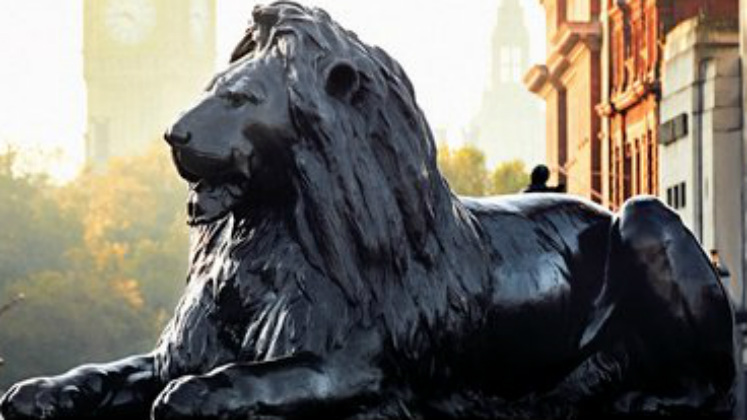17 December 2018
 Pictured: Governing England: English identity and institutions in a changing United Kingdom, includes a chapter from Professor Travers
Pictured: Governing England: English identity and institutions in a changing United Kingdom, includes a chapter from Professor Travers
In his chapter, Tony considers the development of London and its existence of a separate civic identity from the rest of England and the United Kingdom. He takes into account London’s expansive geographical boundaries, separate governing institutions, and national responsibilities.
Despite London’s immense population and territorial boundaries, the city’s governing structure was historically less defined, he argues. Whereas Birmingham, Manchester, and Leeds possessed municipal corporations following the passage of the Municipal Corporations Act of 1835, London continued to operate with a system of tiny local councils for a further 50 years, explains Travers.
With the creation of the LCC in 1888-89, London’s civic identity strengthened. “The council became one of the most powerful municipal authorities in the world, providing schools, colleges, hospitals, housing, tramways, and many other services,” he continues.
Over the course of 20th century, London’s governing structure continued to undergo structural changes. The Greater London Council (GLC) operated from 1965 to 1986 and was replaced by its modern-day successor, the Greater London Authority (GLA), in 2000. The creation of the GLA devolved several national responsibilities to London, such as which has been the duty of the national government following the dissolution of the GLC in 1986.
In addition, the GLA governing structure includes a directly elected mayor and assembly, which in Tony’s opinion, “fuses executive and representative functions” together. The GLA system’s use of proportional voting districts and implementation of an American-style mayoral leader have contributed to London’s unique identity.
Besides the city’s governing structure, other factors have led to the creation of London’s distinct identity within England, he argues. “The things that make London radically unusual are its wealth, ethnic diversity, economic power, public transport dependency, housing need and internationalism.”
These inherent differences have led many to conclude that London is “removed from the rest of both England and the UK,” he writes. Later, he considers that London is the centre of England’s “urban elite,” who conduct national policymaking without any consideration for the “local values” of the rest of the country, especially outside big cities. As a frame for his argument, he utilises the EU referendum vote, which exemplified the division between “metropolitan values” of London and the rest of England. “The sense that London is an alien, problematic, and separate place is not new,” he argues. He cites, for example, that a majority of people from London identify themselves as “British,” instead of “English.” ‘English’ is more commonly used in other regions outside of London.
After detailing London’s differences, the chapter considers whether or not the city will continue to devolve from the rest of England, possibly into a more separate and autonomous city-state.
For more information regarding the Governing England policy project, please visit the British Academy’s website.
Governing England: English identity institutions in a changing United Kingdom is available for purchase from the Oxford University Press.